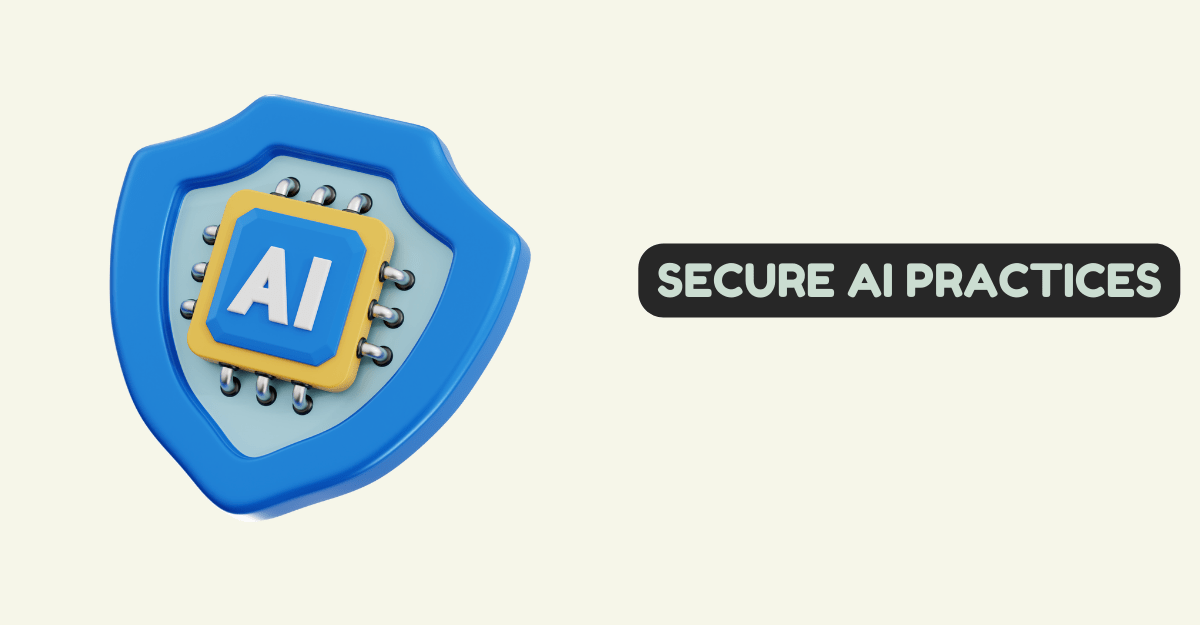
Ensuring secure AI practices is crucial in today’s digital world where data privacy and security are paramount. As artificial intelligence continues to evolve and be integrated into various industries, the need for robust security measures becomes increasingly critical. Companies must prioritize implementing encryption techniques, access controls, and regular security audits to safeguard AI systems from potential breaches and cyber threats.
Implementing secure AI practices requires a mindset shift towards integrating security into the entire AI development lifecycle. DevSecOps for AI emphasizes the importance of embedding security measures from the initial design phase to deployment and ongoing monitoring. This approach ensures that potential vulnerabilities are identified and addressed early on, mitigating risks associated with AI models.
Adopting a proactive approach by continuously monitoring AI algorithms for any anomalies or malicious activities can help preempt vulnerabilities before they are exploited. It is essential for organizations to establish clear policies and procedures to govern the handling of sensitive data used in AI models. By instilling a culture of security awareness among employees and stakeholders, businesses can build a strong defense against potential cyber attacks and ensure the integrity of their AI initiatives.
Why AI Needs to be Safe
Ensuring the safety of artificial intelligence (AI) is crucial for maintaining the ethical and responsible use of this powerful technology. As AI becomes more integrated into our daily lives, from autonomous vehicles to healthcare systems, the potential impact of unsafe AI systems could be catastrophic. From biased algorithms perpetuating inequality to malicious actors exploiting vulnerabilities for nefarious purposes, the risks associated with unsafe AI are manifold.
Furthermore, establishing robust safety measures for AI is essential in building trust among users and stakeholders. Without proper safeguards in place, people may become wary or even fearful of AI technology, hindering its widespread adoption and potential benefits. By prioritizing safety in AI development and deployment, we can mitigate risks, protect privacy and security, and ensure that this transformative technology continues to advance society in a positive way.
Consequences of Unsafe AI Practices
One of the most alarming consequences of unsafe AI practices is the potential for bias amplification. When AI systems are trained on biased data or programmed with flawed algorithms, they can perpetuate and even exacerbate existing societal biases. This can result in discriminatory outcomes in areas such as hiring, lending, and criminal justice. Another significant consequence is the loss of privacy and security.
If AI systems are not properly secured against malicious attacks or misuse, sensitive data can be compromised leading to breaches with far-reaching implications. This underscores the importance of implementing robust security measures and ethical guidelines in developing AI technology to prevent these adverse consequences from materializing.
How to Ensure Secure AI
Organizations should prioritize data privacy by implementing robust encryption techniques and access controls. Regular security audits and vulnerability assessments are essential to identify potential threats and address them proactively. It is crucial to train employees on safe AI usage practices to minimize human errors that can compromise security.
The development of secure AI models requires a focus on ethical considerations such as fairness, transparency, and accountability. Implementing explainable AI techniques can enhance trust in AI systems by providing insights into how decisions are made. Collaborating with cybersecurity experts and staying updated on the latest security trends will help organizations stay ahead of potential risks and protect their AI infrastructure from malicious attacks.
How to Do Secure AI Practices
- Data Encryption Protocols
- Regular Updates
- Multi-Factor Authentication
- Security Audits
- Compliance Frameworks
- Access Controls
- Model Encryption
- Activity Monitoring
- Employee Training
- Audit Trails
- Anomaly Detection
- Secure Development
- Channel Encryption
- Data Minimization
- Risk Assessments
- Incident Response
- Collaboration with Experts
- Regulatory Compliance
- Documentation Review
- Security Awareness
Thanks for reading.